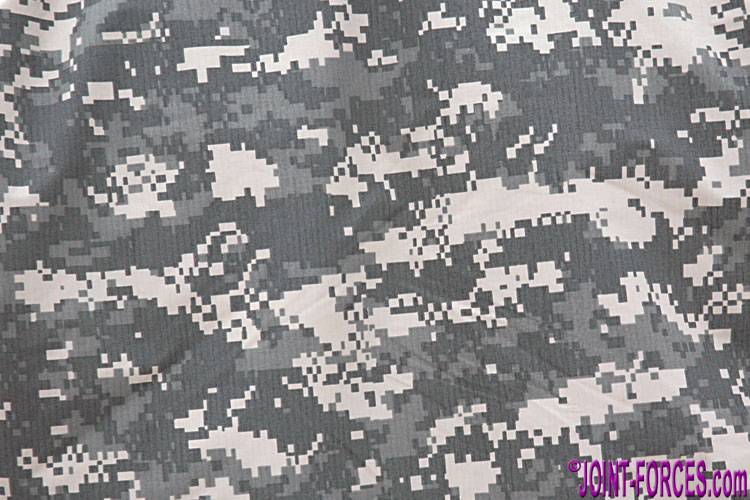
Observers wear modified, large eyeglasses equipped with two tiny video cameras. O’Neill is not part of the current camo assessment. A picture comes on of a tree line, or something like that, and the person searches the tree line to find a target,” said O’Neill, who in the mid-1970s created the first “digital” camouflage pattern and then successfully tested it at West Point.
#Ucp camouflage plus#
The spotters include cadets, faculty members or active-military troops who supply their 20/20 (or better) vision plus a wide range of combat experience, from zero to many years. There, O’Neill helped design a 120-degree, curved screen onto which three ceiling-mounted, high-definition projectors beam, he said, “calibrated digital images” containing – somewhere – a small picture of a rifle-toting soldier wearing the latest camo pattern under exploration. Stay informed with the latest headlines sign up for our newsletterīut it all begins indoors, usually at the United States Military Academy at West Point. Military camouflage testing is typically top secret and lengthy, using a blend of computer simulations and – out in the field – cloaked men ducking in thick brush or dusty deserts to measure precisely how many milliseconds trained observers need to spot and identify the “targets.” The evaluation process blends the intricacies of brain and vision science with the evolving art of textile deception – a battlefield gambit first used in World War I. At least, (the new camo) will give the soldiers more survivability than what they have right now.” Whatever works best is what we want for the soldiers. “They don’t want another problem like they had with UCP,” Cramer added.

Guy Cramer, a consultant to one of those firms, ADS, Inc., said the intense scientific scrutiny of the four proposed patterns shows “the Army is bending over backward – probably more than they even need to – so no one can point a finger at the Army and say: ‘You didn’t do this right.’ It was really a strange case of designing down to cost.”įour companies are competing to become the Army’s new combat-camo designer. And in any case what can they do? Send me to Vietnam? Everybody understands now that the Universal Pattern was a bad idea.

“I don’t think I’ll be shot for saying that because I’ve said it a number of times. "These patterns (UCP) generally don't work well anywhere - and for reasons that have nothing to do with the skill of the designers.

"Everybody got in trouble with the very problematic idea that you can come up with one pattern that can work equally well everywhere," said O'Neill, a retired Army officer who had no part in the Army's decision. The Army now is busy gauging an array of new camo looks to likely replace UCP, an effort that will continue into this autumn. American soldiers in Afghanistan openly bashed the green-gray, pixilated fatigues for making them stand out, not blend in. More critical: Never let cost dictate how you hide your combat troops, added O’Neill referring to the Universal Camouflage Pattern, or UCP, the Army’s primary uniform pick in 2004. The Marine Corps call that a ‘CDI factor’ – chicks dig it,” said Timothy O’Neill, a former professor of engineering psychology at West Point who has spent 37 years concocting and analyzing the latest in military camouflage. “Never decide Pattern A just looks cooler than Pattern B. military's uniform-concealment choices and he’ll give you a punch line. Ask the man dubbed “the father of digital camouflage” about fatal flaws in the U.S.


 0 kommentar(er)
0 kommentar(er)
